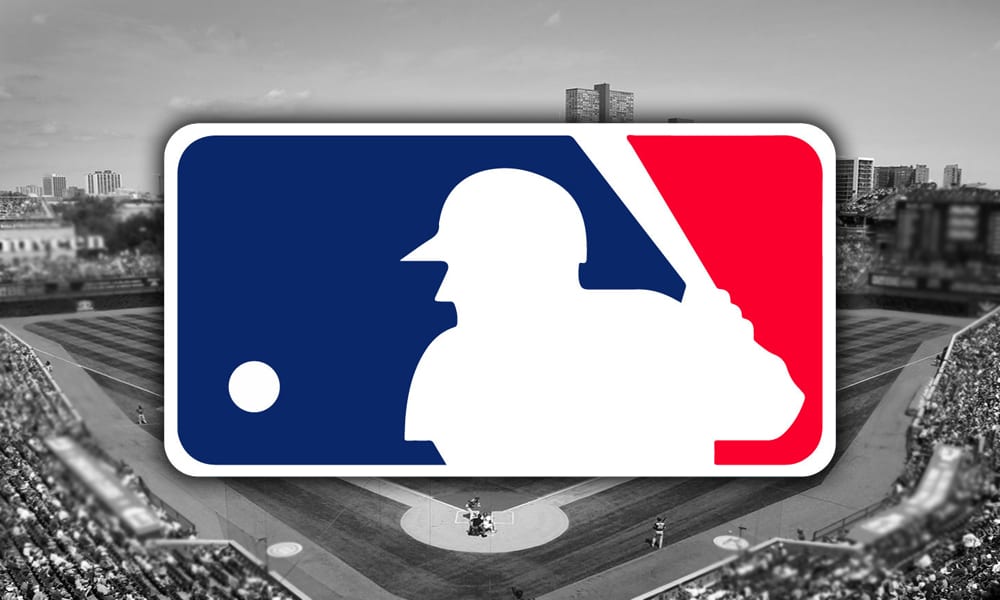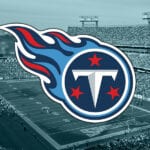A significant conversation around Major League Baseball this season has surrounded the moves the league has taken to ban pitchers from using foreign substances.
Now, MLB is reportedly sending out prototypes of pre-tacked baseballs, to potentially act as a long-term solution to the issue. According to New York Mets pitcher Rich Hill, some teams, including the Mets have already been given the chance to review the prototypes. The Los Angeles Dodgers and San Francisco Giants are among other teams next up to check out the testers.
Earlier this season, MLB really took a strong stance against pitchers using foreign substances, resulting in multiple in-game checks by umpires during games. It was seen as more of an interruption than anything because there was no real cause for concern in most cases. Max Scherzer was the most prominent case of these checks, getting checked three times throughout his outing while he was still with the Washington Nationals back in June. At the time, Scherzer referred to the execution of the ban as a case of “Manfred rules,” clearly a sign of criticism for commissioner Rob Manfred.
The whole purpose of a sticky substance on baseballs in the first place is to help pitchers get a better grip of the ball. Pitchers also argue that a lack of better grip on the ball puts more of a risk on hitters if a pitch were to lose control. MLB’s argument is that such an excessive amount of foreign substances resulted in high spin rates, leading offensive numbers to drop across the league. After the rule was active, there was a significant reduction in spin rate amongst pitches, and there also seemed to be an improvement in team batting averages.
Although the implementation of the rule left much to be desired, it only makes sense MLB would take a further look into any unfair advantages pitchers may have, and how to handle it. This season alone, there have been eight no-hitters thrown, marking a record for modern-era baseball.
While the prototypes are still undergoing experimentation and tests, they have already begun to see positive feedback. Hill thinks that these prototypes could show signs of being a tangible solution, in the long run, saying, “they’re working on it, and I know they’re going to come, hopefully, to a good resolution.”
If all works out, it seems like it could make most players happy. Pitchers still have a way to get a better grip of the ball, while hitters can expect better offensive numbers — all that makes for more fun baseball to watch.











